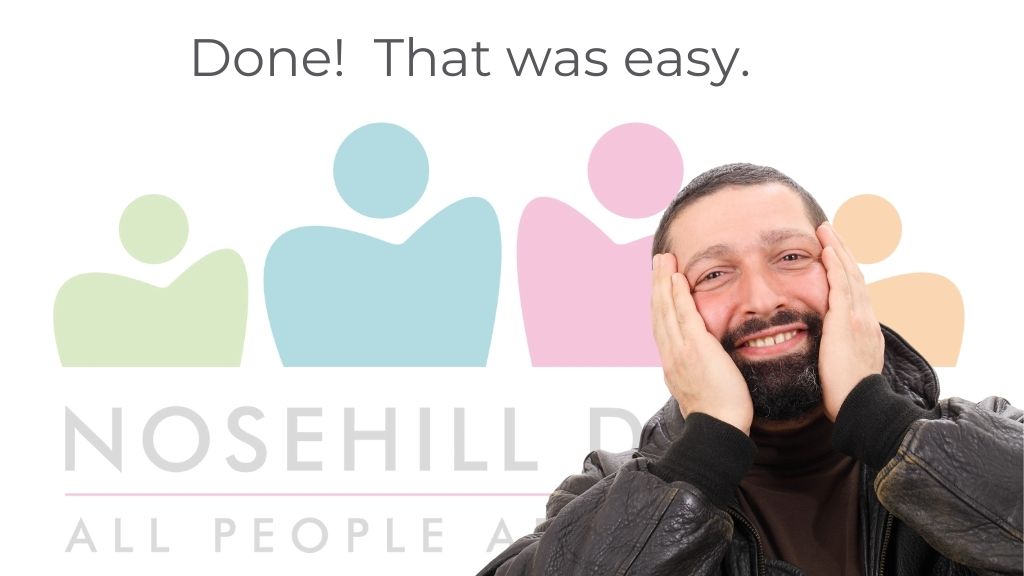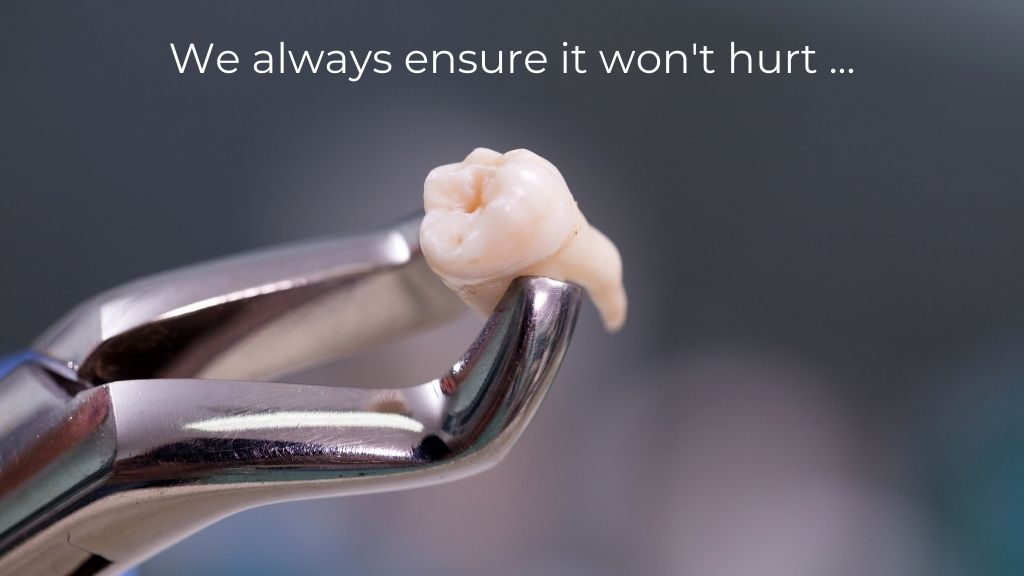
At times, it may be the case that a tooth is damaged – either due to decay, gum disease, a fracture beyond what can be repaired, or it may need to be removed for space before orthodontics as some teeth are poorly positioned (wisdom teeth, for instance). An extraction may help lead to the proper restoration required to keep the mouth looking and feeling healthy!
Examination of the mouth, coupled with radiographs (usually done between the age of 17-22), may help to determine whether any teeth need to be extracted. In the case of wisdom teeth for example, not all may need to be removed if there is enough room in the mouth and they are able to function normally without disrupting others.
Sometimes, however, they may stay buried in the bone, making it hard to erupt or only allowing them to emerge partly. It may be best to remove the teeth at the recommended time in such cases as they may cause further damage or become infected.
With the proper treatment, however, such risks may be avoided sooner than later. In turn, saving you time, money, and pain.

Step 1
Make an
Appointment
Step 2
Experience
the Difference
Step 3
Look, Feel,
and Live Better

You may hear people talk about getting a tooth “pulled”. We don’t like that word at all! “Pulling” a tooth might damage the surrounding teeth, gums, and bone. There’s a simpler and less scary way: if a tooth needs to be extracted, the area around it will be numbed and the tooth then dislocated using a side to side motion until it is loose and lifted out.
Sometimes, a tooth may be trimmed into two or more pieces in order to remove it safely, as may be necessary if it has several roots going in different directions. Advanced, modern technologies are on our side as they may help to ease and quicken procedures causing less overall discomfort!
After tooth removal, a small amount of discomfort (when the freezing wears out) is completely normal. Some patients may take ibuprofen or acetaminophen at that time. Pain, swelling, or stiffness may be experienced for a while after the extraction (depending on the complexity of the procedure and on the individual). Proper care is crucial at that time in order to ensure quicker healing and lessen the risks of infection. Our team at our Calgary dental clinic can walk you through specific aftercare steps and help you recognize signs of infection post-treatment so further pain and procedures can be avoided!
That depends. Some teeth are important for function or aesthetics, so a replacement may be necessary but that’s not always the case! Your Nosehill Centre dentist can you help you determine the next steps and the treatment that may be needed in order to keep your smile looking sharp!
Nosehill Dental ensures that each individual has access to dental solutions tailored to their specific needs, without exceptions. All our patients are treated equally, and are encouraged to ask questions, seek clarification, and take an active role in their own dental care plan, in order to achieve oral health for life.
ALL INSURANCE ACCEPTED
PAYMENT INSTALMENTS ACCEPTED FOR MAJOR TREATMENTS
DENTIST Calgary NW
SERVING THE FOLLOWING COMMUNITIES:
Calgary NW, Nosehill, Ranchlands, Hawkwood, Arbour Lake, Scenic Acres, Silver Springs, Dalhousie.
1829 Ranchlands Blvd NW, #101, Calgary, AB T3G 2A7
Phone: (403) 241-1900
Fax: (403) 241-8895
Email: admin@nosehilldental.com
Hours
Monday: 8:00am - 7:00pm
Tuesday: 7:00am - 5:00pm
Wednesday: 7:00am - 5:00pm
Thursday: 7:00am - 7:00pm
Friday: 8:00am - 4:00pm
Saturday: 9:00am - 4:00pm
Sunday / Statutory Holidays: Closed